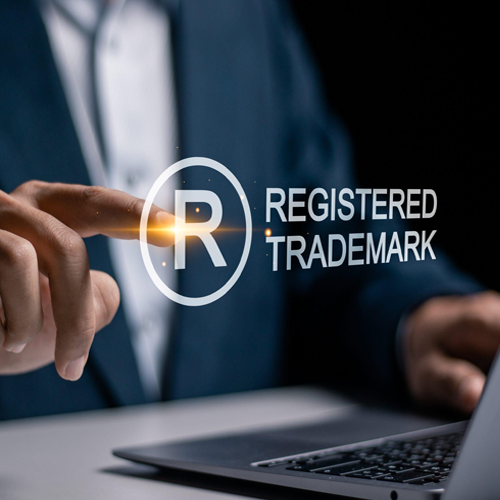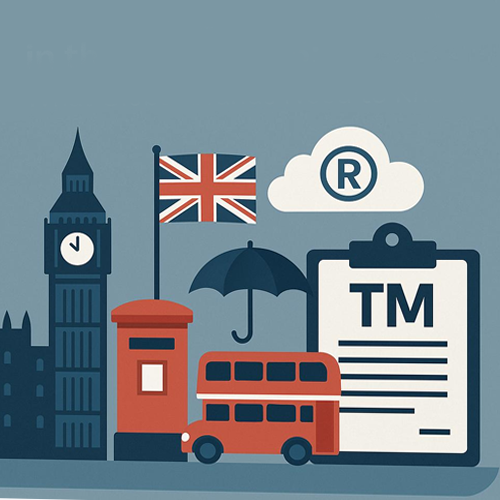Having a trademark for your online retail business—including TikTok Shop, Facebook Marketplace, Amazon, Etsy, or other platforms—is vital for legal protection, brand trust, and sustainable growth:
Exclusive Rights & Legal Protection
A registered trademark grants you the exclusive right to use your business name, logo, or slogan for your products or services online. This empowers you to:
- Prevent others from copying or misrepresenting your brand.
- Build a stronger legal case to enforce your intellectual property rights and pursue infringers in court.
- Avoid rebranding costs if another party claims trademark infringement.

Trust, Professionalism & Brand Recognition
For “do I need a trademark to sell online?” – if you wish to trade continuously with less risk,
then the answer is yes. A registered trademark:
- Signals legitimacy and professionalism to online shoppers.
- Builds buyer confidence in marketplaces like Amazon, Etsy, or eBay.
- Helps combat counterfeit or low-quality sellers.

Increased Brand Value & Growth Potential
A trademark is a valuable intellectual asset:
- It enhances your business’s valuation.
- You can license, sell, or franchise your brand.
- Trademark ownership is often required during due diligence by investors or partners.
Platform-Specific Benefits
- Trademark for Amazon Brand Registry: Grants listing control, anti-counterfeiting tools, and analytics for better performance and SEO.
- Trademark for Etsy: While not required, it improves brand protection and visibility.
- Trademark for TikTok Shop: Necessary for brand authorization and protection under TikTok’s IP policy—essential in categories (like beauty) or if applying for brand affiliation (linkedin.com, voguebusiness.com, en.wikipedia.org, reddit.com).
- Trademark for Facebook Marketplace: Enables use of Meta’s Brand Rights Protection tools and formal trademark infringement reporting (facebook.com).
Control Over Domains & Social Media
With a trademark, you can:
- Secure or recover domain names via dispute processes.
- Use social media IP tools to report infringing usernames or content (e.g., Meta’s Brand Rights Protection and takedown forms).
Q: Do I need a trademark to sell on Amazon/Etsy?
A: To enrol in Amazon Brand Registry, yes—a registered trademark is mandatory. Etsy doesn’t require one, but it enhances search visibility and brand protection.
Q: What are the benefits of trademarking for online sales?
A: Trademark helps you establish exclusive rights, prevent infringement, improve brand trust, unlock platform tools, and increase business value.
Q: How does a trademark enhance SEO and brand recognition?
A: A trademark signals legitimacy to customers and platforms, boosts search result rankings,
and enables use of branded campaigns in Google Ads or Meta Ads without unauthorized use.
If you want help applying a trademark for Amazon Brand Registry, or assessing if your online brand is protectable? Contact us for a free consultation with our trademark experts today.

